Menu
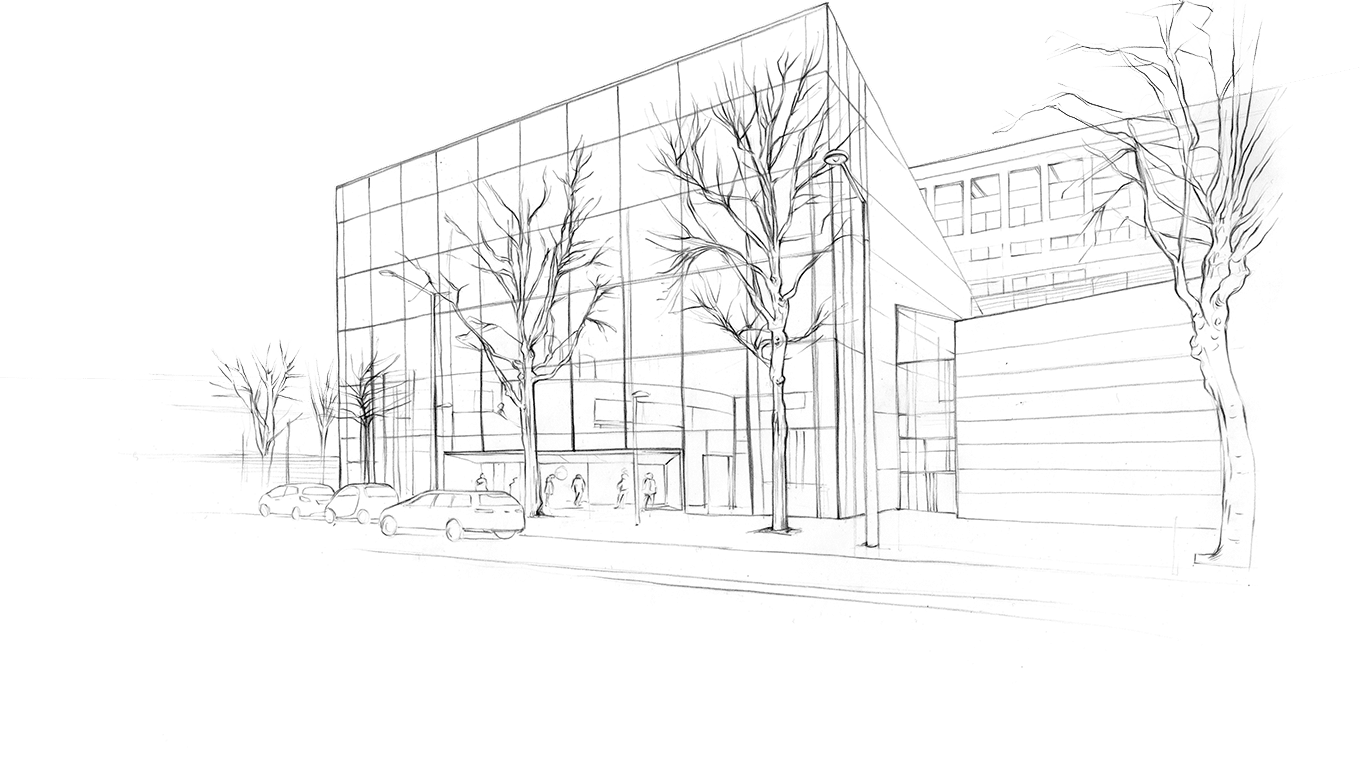







You are experiencing palpitations, unusual fatigue,
discomfort when breathing. These symptoms may be
linked to an abnormality in the electrical system of your heart.



Your cardiologist can diagnose a condition to do with your
heart rhythm,
usually with an ECG.
First of all, your cardiologist will suggest simple monitoring of
drug treatments.
In some cases a procedure will be offered straight away.



If the treatment is not sufficiently effective, your
cardiologist may advise you to see a heart rhythm
specialist who will be able to advise you on your
current treatment.
If the treatment is sufficient, you will continue
to be monitored by your cardiologist.
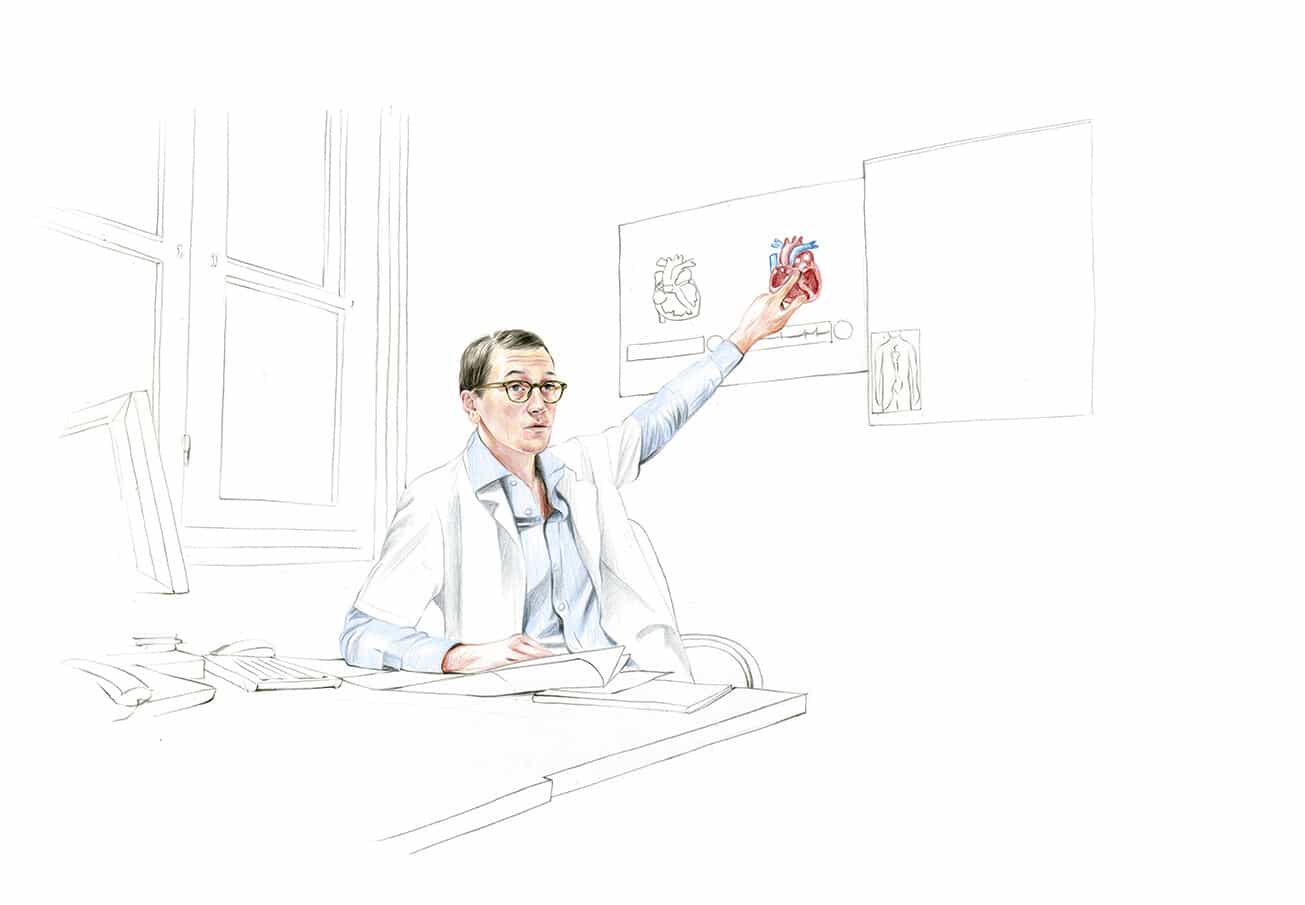




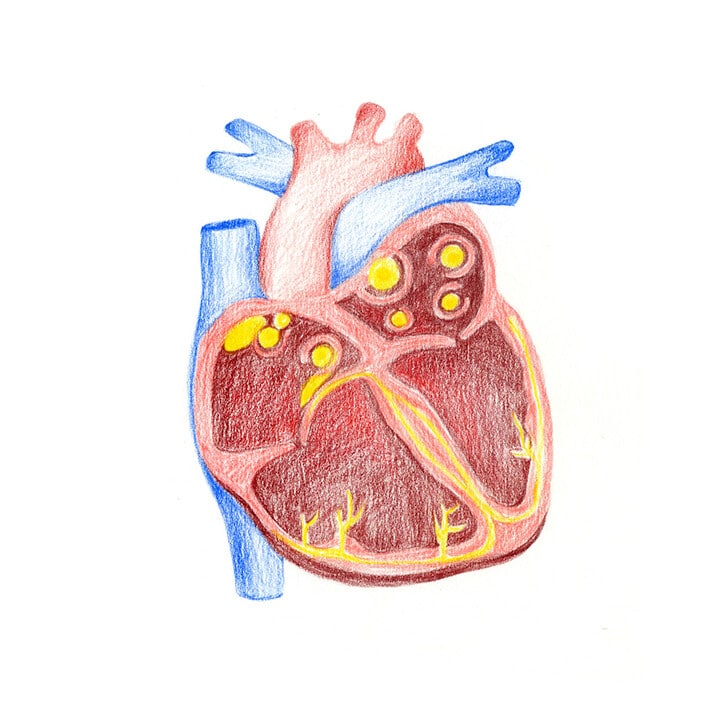
In some cases, you may be offered a procedure
to treat your heart rhythm disorder.
Either using cardiac synchronisation techniques
(implantation of a pacemaker or defibrillator)
when the heart rate is too slow, or using interventional
(known as ablative) techniques that target and treat
the areas of the heart that are too excitable.



Once a procedure is indicated, you will be offered a short stay in hospital
(outpatient up to three nights maximum). You will need to have a consultation
with an anaesthetist in advance. A few administrative formalities will be required.




Implantation
Implantation of a prosthesis that controls the heart rate
will take place in an operating theatre, usually under light
anaesthesia. The anaesthetist will monitor your vital signs
constantly and will maintain the pain medication.
A small incision under the collarbone is sufficient to implant
the pacemaker or defibrillator. The average procedure lasts
one hour.
Ablation
The procedures for electrical exploration
of the heart and cauterisation of excitable
heart tissue (ablation) take place in a
dedicated environment, complete with 3D
mapping tools, and in the vicinity of a surgical
operating theatre to deal with any eventuality.
In half of all cases, this takes place under
general anaesthetic. The anaesthetist will
monitor your vital signs constantly and will
maintain the pain medication. The equipment
is introduced through 3 mm punctures in a
vein in the fold of your groin. The procedure
lasts between 30 and 150 minutes.

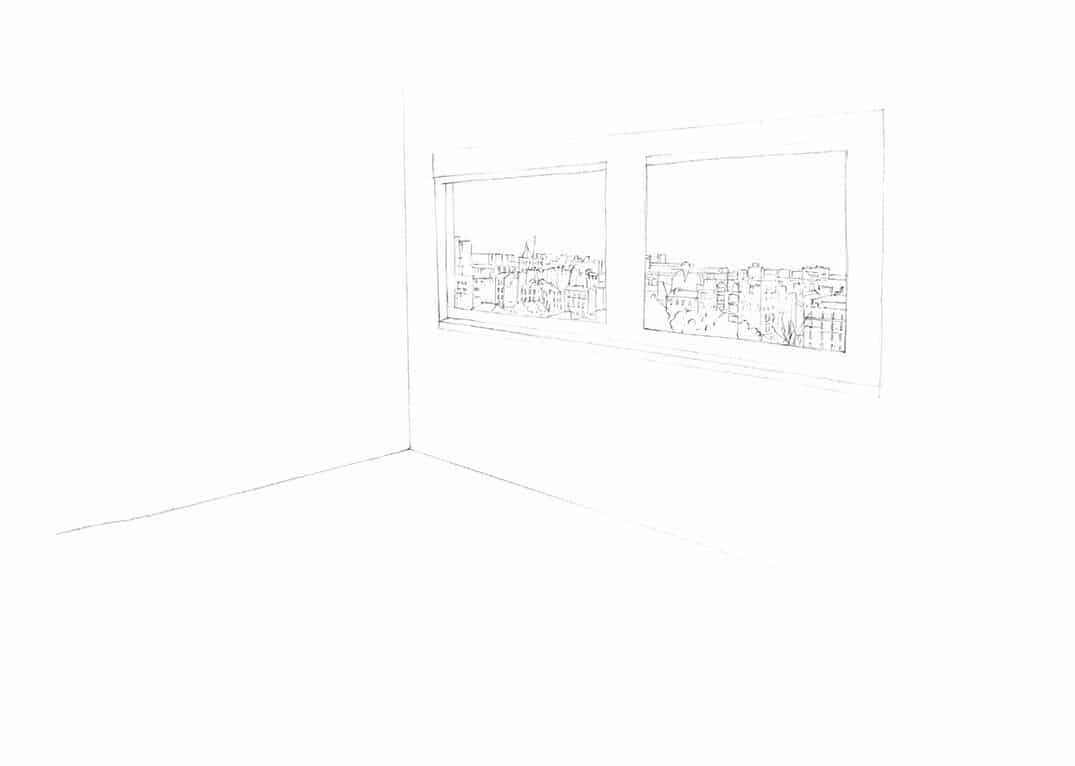
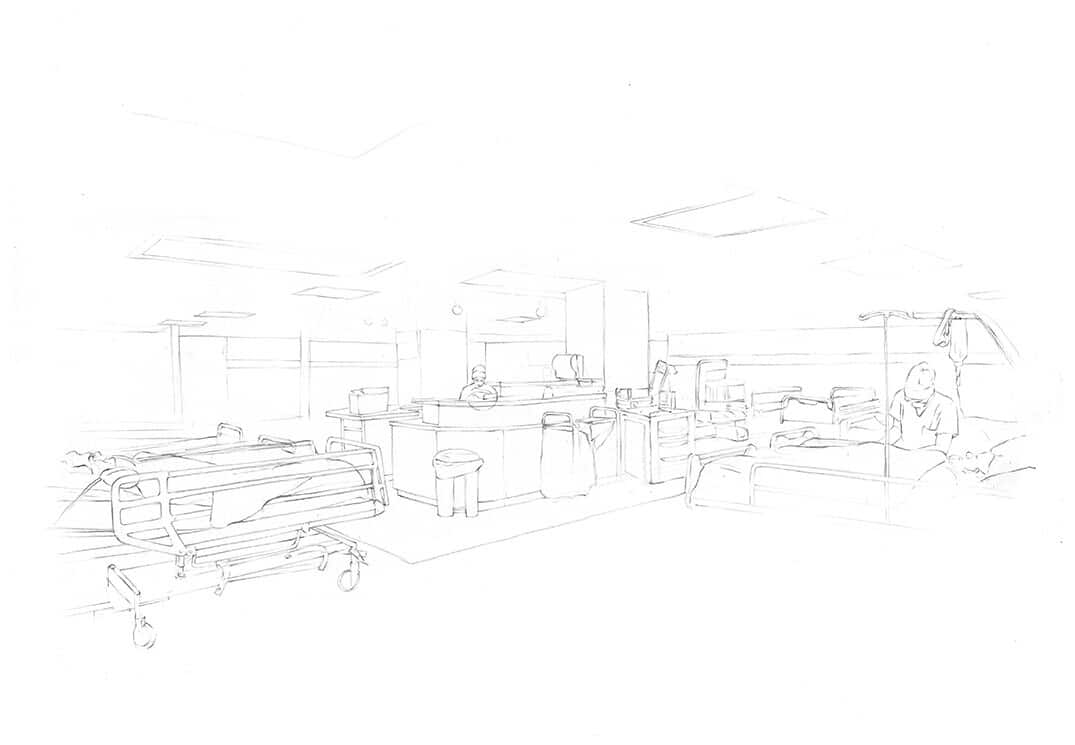

After the procedure, you will always be taken to the recovery room,
during which time the anaesthetic drugs will wear off and you will
regain normal consciousness.
Returning to normal consciousness takes an hour and you will be
monitored by anaesthetic nurses.
Return to the ward
You will return to your hospital bed and will be monitored for a few hours
up to a few days depending on the complexity of the intervention.
You will be asked not to get out of bed for at least a few hours,
but you will be able to start eating again quite quickly.
Monitoring will be constant and will take place not far from the intensive
care unit, with a doctor available 24 hours a day in case of emergency.
Your dressing will be checked and your infusion will be taken out promptly.


With the agreement of the doctor and once some
administrative formalities are completed, you will be
able to leave hospital and go home in the vast majority
of cases. Recovery in hospital is rarely necessary and
sick leave may be granted for a few days. We advise
you to have a consultation with your cardiologist after
6 weeks.



We advise you to have a consultation
with your cardiologist after 6 weeks.